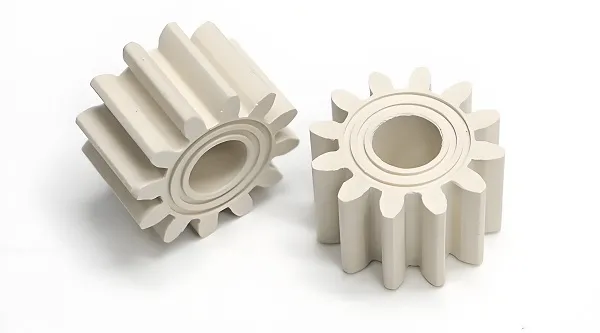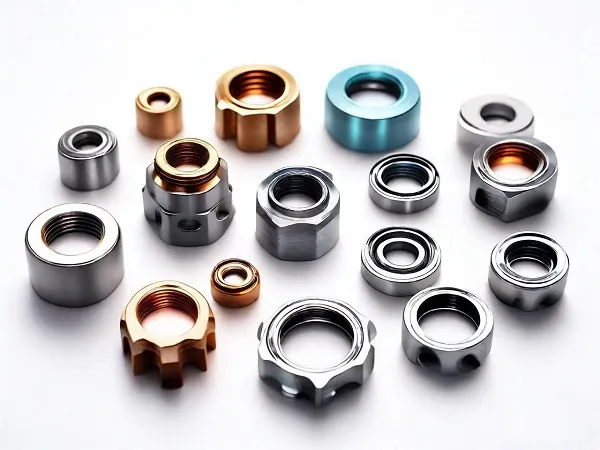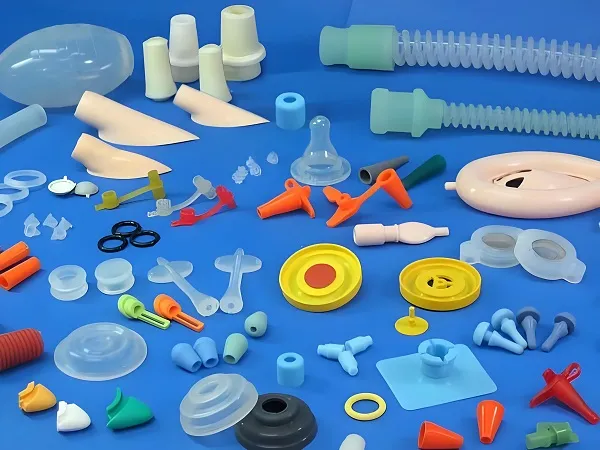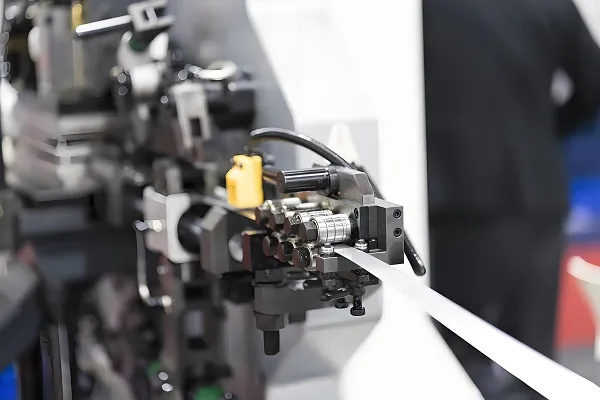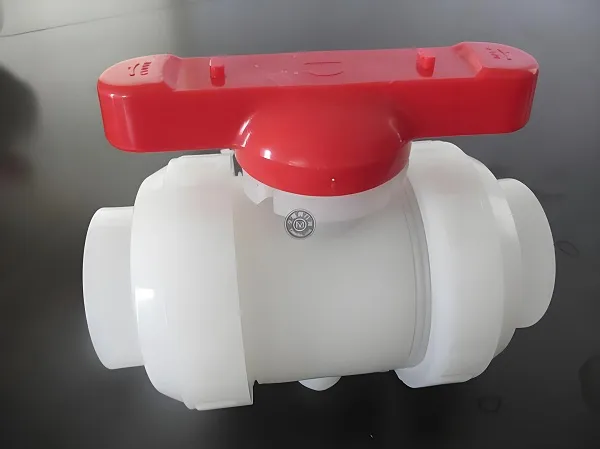As an important tool in road construction and municipal engineering, the quality and performance of soil-mixed cement railing plastic mold are directly related to the quality of finished cement railing and construction efficiency. This article will be from the mold material selection, production process, use methods, product advantages and customization process of five aspects of the custom soil concrete railing plastic mold for a detailed introduction.
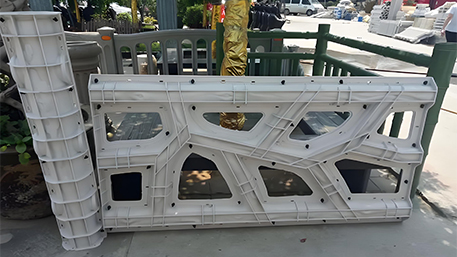
1. Material selection: to ensure durability and precision
The concrete railing plastic mold is mainly made of high-quality engineering plastics, such as polypropylene (PP) or polyethylene (PE) and so on. These materials have the characteristics of high strength, abrasion resistance, not easy to deform, high temperature resistance, corrosion resistance, acid and alkali resistance, non-expansion, etc., which ensures the durability and precision of the mold.
Heat resistance: High quality plastic materials can withstand higher temperatures, ensuring that the mold will not be deformed during the cement pouring and curing process.
Impact resistance: the mold material needs to have good impact resistance to cope with all kinds of external impact in the construction process.
Corrosion resistance: the mold material needs to be able to resist the corrosion of cement and other chemical substances, to extend the service life.
2. Production process: fine processing and strict inspection
The production process of concrete railing plastic mold includes design, processing, assembly and inspection, etc. Each link is crucial.
Design: According to the customer’s demand to design a suitable shape of the mold, including the shape of the railing, size, hole position and so on. The design should consider the ease of disassembling and assembling the mold as well as its service life.
Processing: Use professional equipment for cutting, grinding, drilling and other processing steps to ensure the precision and surface quality of the mold. Laser cutting technology can more accurately and smoothly remove the required cross-section of the mold.
Assembly: Assemble the parts together, adjust the size and position to ensure the sealing and stability of the mold. After assembly, a layer of rust inhibitor is applied to the outside of the steel plate to prevent the plate from rusting and oxidizing.
Inspection: The assembled mold is inspected to check whether the size, shape and hole position meet the design requirements. Qualified molds can be used, and unqualified ones need to be re-processed.
3. Use method: standardized operation and efficient construction
The use method of concrete railing plastic mold directly affects the quality and construction efficiency of the finished railing. The following are the standardized operation steps:
Clean the mold: clean the mold before use to ensure that there are no impurities and oil.
Apply release agent: Apply a layer of release agent on the inner surface of the mold, which is conducive to subsequent demolding.
Pour cement: Pour the mixed cement into the mold and shake it a few times to eliminate air bubbles.
Insert rebar: If needed, rebar can be inserted into the cement to enhance the strength of the railing.
Vibrating and smoothing: Use vibrating equipment to solidify the cement, then use smoothing tools to smooth the surface.
Waiting for setting: Wait for the cement to set, which usually takes about 24 hours.
Demolding: Remove the mold after solidification and gently tap the edges of the mold to dislodge the railings from the mold.
Post-processing: Finish the balustrade after demolding, such as sanding and painting.
4.Advantage: Durable, efficient and environmental protection.
The concrete railing plastic mold has many advantages, which makes it become the preferred tool in road construction and municipal engineering.
Strong durability: the mold is made of high-quality plastic material, which has the performance of anti-fall, anti-pressure, anti-wear, etc. and has a long service life.
Easy to repair and maintain: the structure of the mold is simple, easy to clean and maintain, reducing the maintenance cost.
Low scrap rate: the quality of the mold is reliable, the scrap rate is very low, reducing the waste of resources.
High production efficiency: the mold closing and demolding process is simple, without the need for a large number of screws and buckles and other fixed, greatly saving time and improving production efficiency.
Environmentally friendly material: the mold material can be recycled and reused, in line with environmental requirements.
5. Customized process: flexible to meet customer needs
The customization process of concrete railing plastic mold is flexible and can fully meet the individual needs of customers.
Demand communication: fully communicate with customers to understand their specific requirements on the shape, size, color and other aspects of the railing.
Drawing design: design detailed drawings according to customer requirements, including the shape, size, hole position, etc. of the railing.
Mold production: according to the drawings for the production of mold processing, including cutting, grinding, drilling, assembly and other steps.
Quality inspection: carry out quality inspection on the produced molds to ensure that they meet the design requirements.
Delivery and use: Deliver the qualified molds to customers for use, and provide the necessary guidance and after-sales service.
To sum up, the customized soil-mixed cement railing plastic mould is outstanding in material selection, production process, usage, product advantages and customization process. Through fine processing and strict quality control, we are able to produce high quality cement railing molds, which provide strong guarantee for road construction and municipal engineering. In the future, with the continuous progress of science and technology and the continuous innovation of materials, the mixed soil cement railing plastic mold will usher in more development opportunities and challenges.

